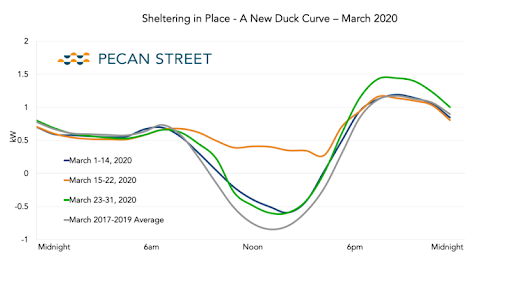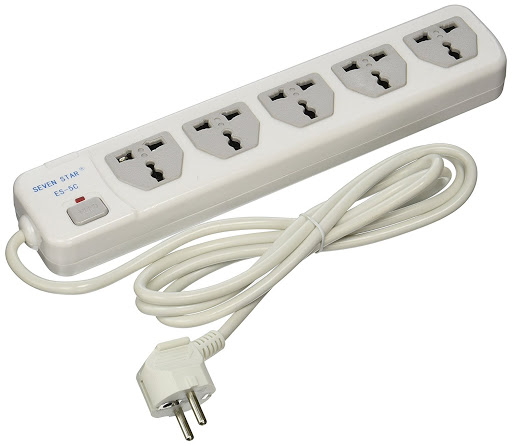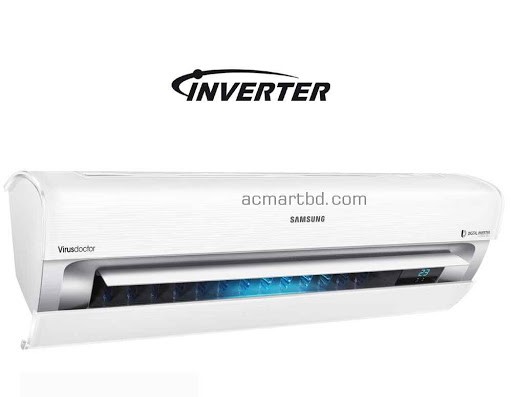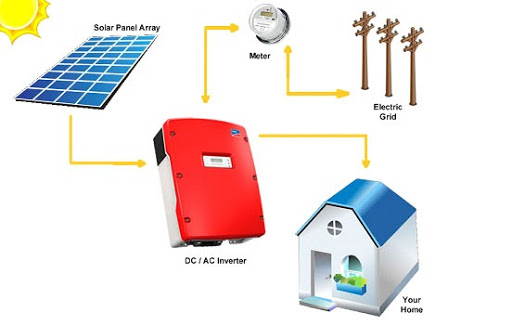As the patterns of our lives shift in response to COVID-19, our energy profiles are shifting, too. Overall, electricity demand has decreased and is expected to remain lower as commercial buildings, factories, and other large electricity users slow or stop operations. Residential use, on the other hand, is expected to rise as we shelter in place.
By Scott Hinson, chief technology officer, Pecan Street

With the outbreak of the virus, millions of Workers around the world are suddenly working and teaching from home. And for many of those newly home-bound families, there’s an unexpected expense waiting for them around the corner, which includes higher energy bills.
Working from home often means your air conditioner, Water Pump, and the heater would have to run for longer hours— which in turn accounts for up to half of an electric bill. Not to mention lights staying on longer, computers charging more frequently and printers printing more and more often. And all that extra electricity adds up.
Luckily, there are several quick and easy ways to save energy while working from home:
- Adjust your day-to-day Energy Consumption Habit
To reduce energy consumption in your home, you do not necessarily need to go out and purchase energy-efficient products. Energy conservation can be as simple as turning off lights or appliances when you do not need them. You can also use energy-intensive appliances less by performing household tasks manually, such as hang-drying your clothes instead of putting them in the dryer, or washing dishes by hand. Only run washing machines and dishwashers when they’re totally full. This saves water and money.
- Use a Power Strip

The electricity used by electronics when they are turned off or in standby mode is a major source of energy waste. In fact, it is estimated that 75% of the energy used to power household electronics is consumed when they are not being used, which can cost you up to $200 per year. Advanced power strips, eliminate the problem of phantom loads by shutting off the power to electronics when they are not in use. Smart power strips can be set to turn off at an assigned time, for further insight Click Here.

Other cost-saving measures may take more time but are absolutely worth the effort. For instance, buying home office equipment and household appliances with the Energy Star label cuts down on energy use tremendously. E.g getting an Inverter air conditioner and fridges which will cost at least 30% – 50% cheaper to run compared to the older models, as they consume less power.
Getting a home energy audit—and then acting on that information—can also save a surprising amount of money.
You can also try these tips for next-level energy saving:
- Get a smart energy meter. A smart Energy meter can be incorporated with the already installed electricity connection, which would serve as a real-time control for the power supply inside the building, which to see the amount of energy being consumed and the remaining energy left.
- Get a good understanding of your utility rates. If your local utility has peak rates (higher energy costs during high-demand hours), like afternoon and early evening—factor those into your routine and run the above appliances during off-peak times only.

- Explore integrating a solar PV system and you can now, not only consume energy but also generate electricity. In areas where the utility grid is very stable and power can be fed-back to the grid. Adding a grid-tied solar PV system will help in saving costs because the excess energy can be fed back to the utility grid. In many parts of the world, you can get paid by exporting energy (instead of only importing energy into your house) through feed-in-tariffs.
Written by Paul Oyegoke
